Uwe Reyle, Christian Rohrer (auth.), U. Reyle, C. Rohrer (eds.)9781556080555, 1-55608-055-7, 1556080565
presupposition fails, we now give a short introduction into Unification Grammar. Since all implementations discussed in this volume use PROLOG (with the exception of BlockjHaugeneder), we felt that it would also be useful to explain the difference between unification in PROLOG and in UG. After the introduction to UG we briefly summarize the main arguments for using linguistic theories in natural language processing. We conclude with a short summary of the contributions to this volume. UNIFICATION GRAMMAR 3 Feature Structures or Complex Categories. Unification Grammar was developed by Martin Kay (Kay 1979). Martin Kay wanted to give a precise defmition (and implementation) of the notion of ‘feature’. Linguists use features at nearly all levels of linguistic description. In phonetics, for instance, the phoneme b is usually described with the features ‘bilabial’, ‘voiced’ and ‘nasal’. In the case of b the first two features get the value +, the third (nasal) gets the value -. Feature value pairs in phonology are normally represented as a matrix. bilabial: + voiced: + I nasal: – [Feature matrix for b.] In syntax features are used, for example, to distinguish different noun classes. The Latin noun ‘murus’ would be characterized by the following feature-value pairs: gender: masculin, number: singular, case: nominative, pred: murus. Besides a matrix representation one frequently fmds a graph representation for feature value pairs. The edges of the graph are labelled by features. The leaves denote the value of a feature. |
Table of contents :
Front Matter….Pages i-vi
Introduction….Pages 1-32
Separating Linguistic Analyses from Linguistic Theories….Pages 33-68
Applicability of Indexed Grammars to Natural Languages….Pages 69-94
A Natural Language Toolkit: Reconciling Theory with Practice….Pages 95-130
An Extension of LR-Parsing for Lexical Functional Grammar….Pages 131-148
An Efficiency-Oriented LFG Parser….Pages 149-176
Parsing with a GB-Grammar….Pages 177-201
Combining Categorial Grammar and Unification….Pages 202-229
A Feature-Based Categorial Morpho-Syntax for Japanese….Pages 230-261
The Treatment of the French Adjectif Detache in Lexical Functional Grammar….Pages 262-288
Some Problems of Coordination in German….Pages 289-316
German Word Order and Universal Grammar….Pages 317-355
Nonlocal-Dependencies and Infinitival Constructions in German….Pages 356-410
GPSG and German Word Order….Pages 411-431
Nested Cooper Storage: The Proper Treatment of Quantification in Ordinary Noun Phrases….Pages 432-447
Compositional Semantics for LFG….Pages 448-474
Back Matter….Pages 475-484 |
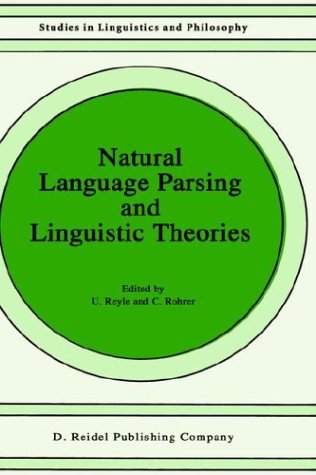
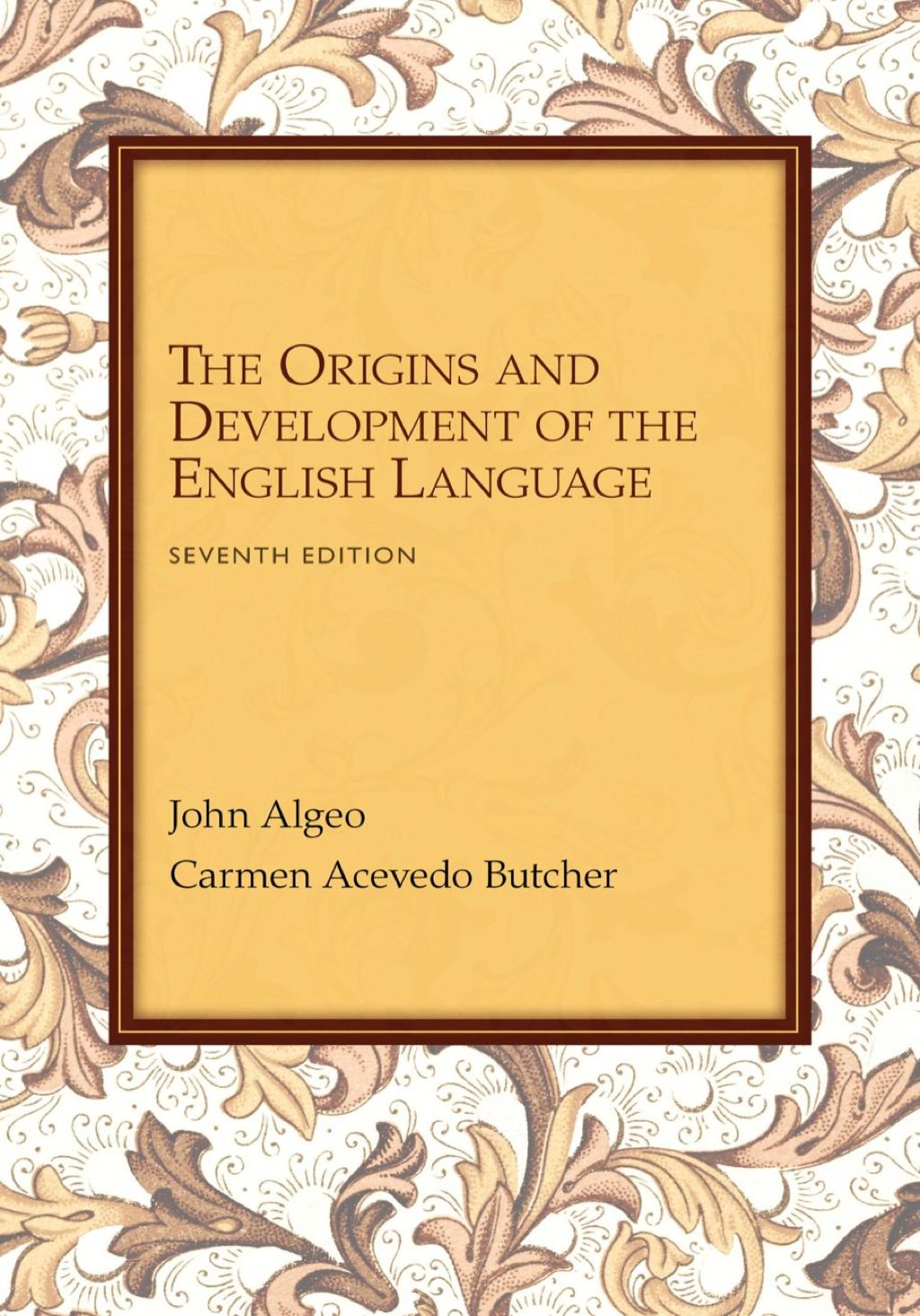
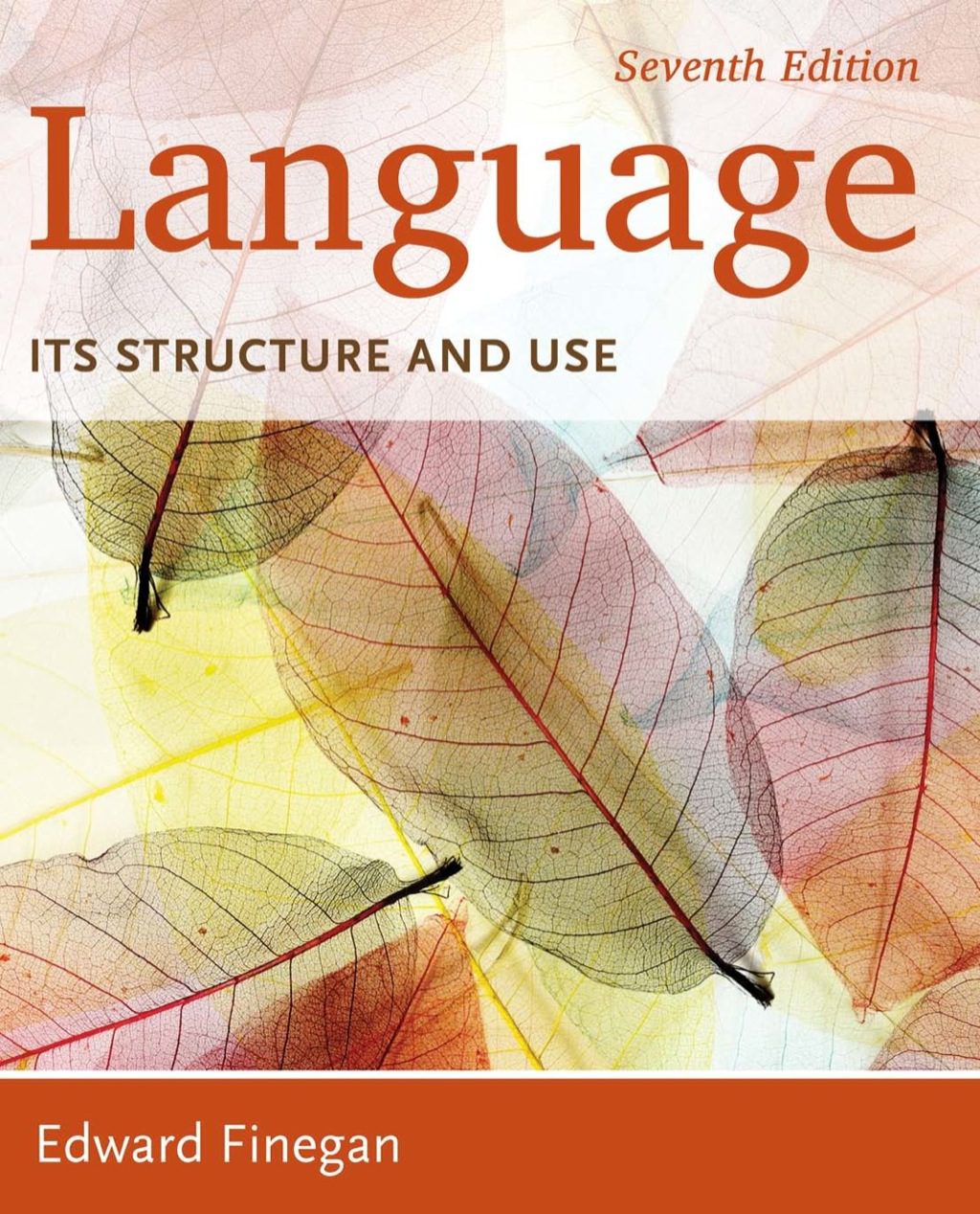
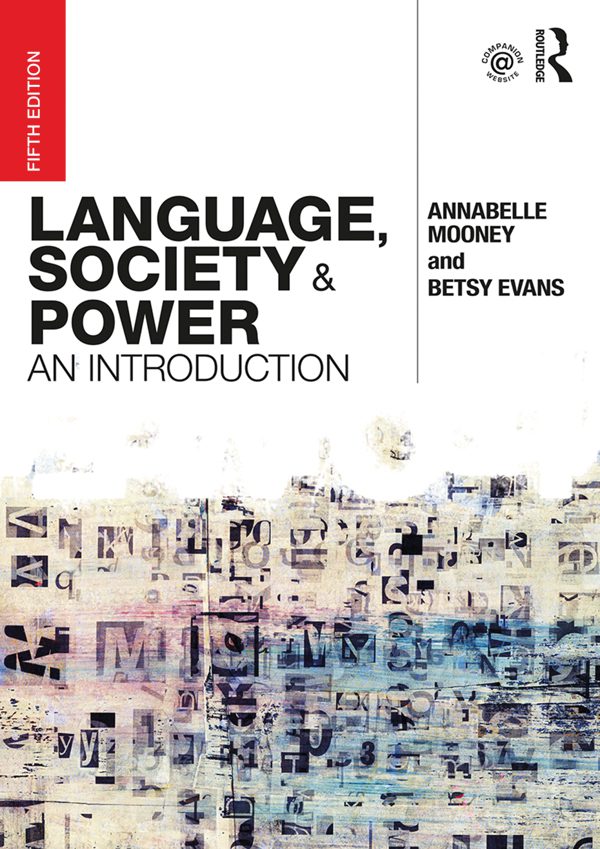

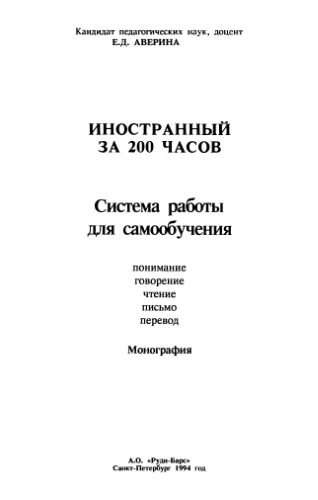
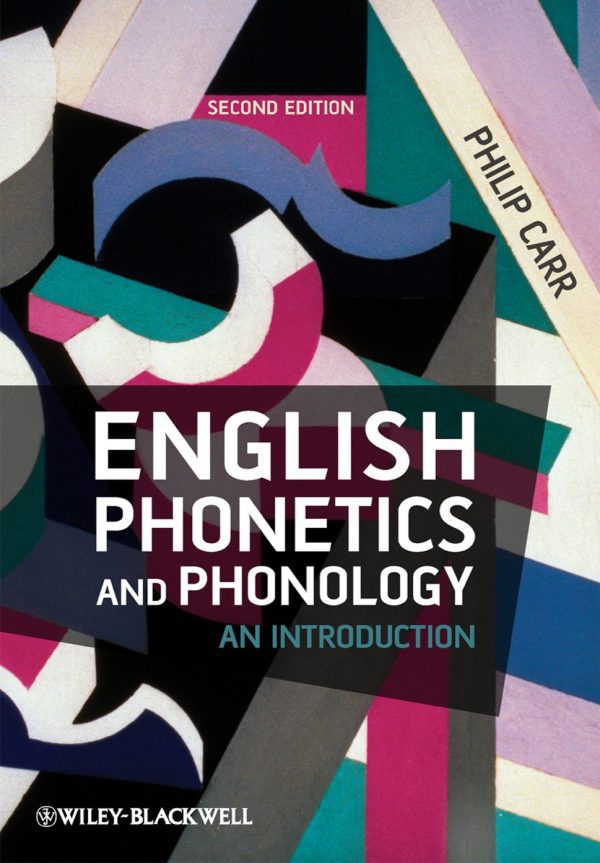
Reviews
There are no reviews yet.